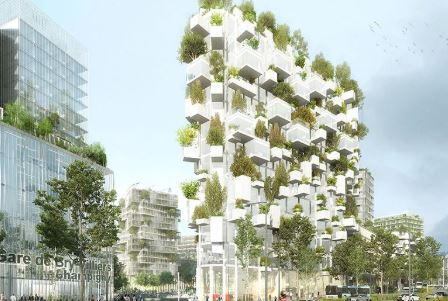
Foreword
As the city rebuilds its economy after Covid-19, people are increasingly demanding plans and measures to address growing income inequality and population density without overcrowding. So when we prepare for the post-pandemic world, how does this affect urban planning and how do we interact with cities? In the past few months, living under Covid-19 restrictions has emphasized the benefits of 20-minute community. Linda Corkery, professor of built environment in NSW.
“It has become the focus of attention because we have to stay at home and can only perform’necessary’ activities outside.” The concept is based on the idea that people can use daily goods and services (shopping, education, business services, employment). , Community facilities-within 20 minutes from home, whether it is walking, cycling or choose safe public transportation. People are rediscovering their own areas, and we are seeing more and more use of local parks and streets for daily exercise. “Moreover, we are paying more and more attention to the convenience of the local community environment, or the lack of such an environment,” Corkery said. “We also realize that we may not have to go to work every day—in fact, we save a lot of time by not going to work. And cherish the more interests of our local communities.”
When looking for innovative ways to help urban regeneration, planners can learn important lessons by consulting city residents. Online co-creation processes and seminars are excellent tools for gathering people’s thoughts and wishes at this unique time.
Bill Grimsey (Bill Grimsey) recently published a report entitled “Build, Retreat, Improve”, focusing on the pandemic and the city center, focusing on the penetration of the pandemic in the British retail industry.
Grimsey pointed out: “We need to build a local economy around people who have appropriate interests in the community. Not distant investors and absent landlords, they will only see them as a member of their securities investment.” Help residents redefine their sense of position in the city destroyed by COVID-19. They can describe how the crisis has changed their perception and use of space. In this way, they can fully consider the past and redefine their sense of position by considering the future.
At present, residents are in closer contact with their communities. This allows them to reconsider their sense of place. By interacting with the public, new trends will be revealed, reflecting changes in their location.
At least, the community may be more interested in improving active transportation options. Many people are reminded to go for walks and bike rides. Other new priorities may be more green space and better social infrastructure.
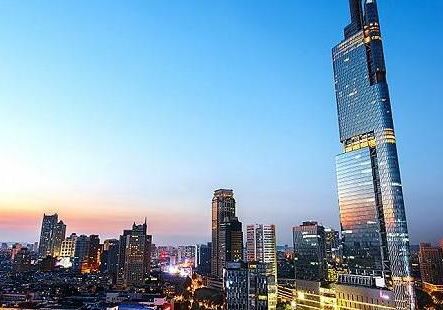
20-minute community
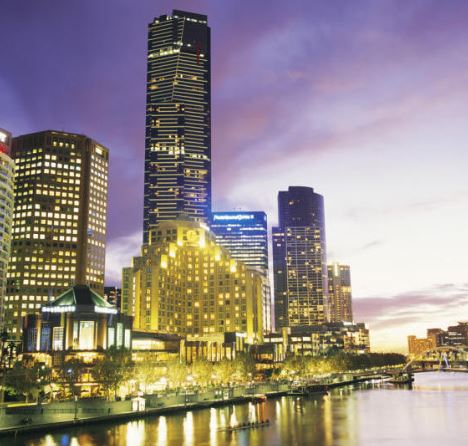
The City of Melbourne incorporated the concept into its urban planning through a series of 20-minute communities that were developed in conjunction with local urban planning scholars, adjunct professors John Stanley and Roz Hansen in its “Melbourne Planning 2017-2050”, which is Part of the plan. Victorian Government’s long-term planning strategy.
In 2018, the Minister of Planning launched a 20-minute neighborhood pilot program, focusing on the communities established by Moonee Valley City Council in Strathmore, Maroondah City in Croydon South and Brimbank City in Sunshine West.
A new C40 city report released this week aims to promote sustainable development and proposes this concept as part of the recovery strategy for building a green Covid-19. The report was called by the organization’s Global Mayor’s Covid-19 Recovery Task Force and the C40 Mayor, as well as the Global Business Alliance, and climate activists. These organizations called on national and regional governments, central banks and financial institutions.
The key areas of their recovery plan outlined that the only stimulus should be green stimulus, committed to fair and inclusive recovery, priority development of clean energy, and the creation of a “15-minute city” so that all residents of the city can satisfy them Most of the needs can be biked within a short walk or from home.
Corkery said many old towns and inner suburbs are already 20-minute neighborhoods, which makes them popular locations. Of course, popularity will increase the value of real estate, and then living locally becomes unaffordable. We need to provide these housing options to make it possible for families and young professionals to live in these communities; on the other hand, this also enables the elderly to be in place. “
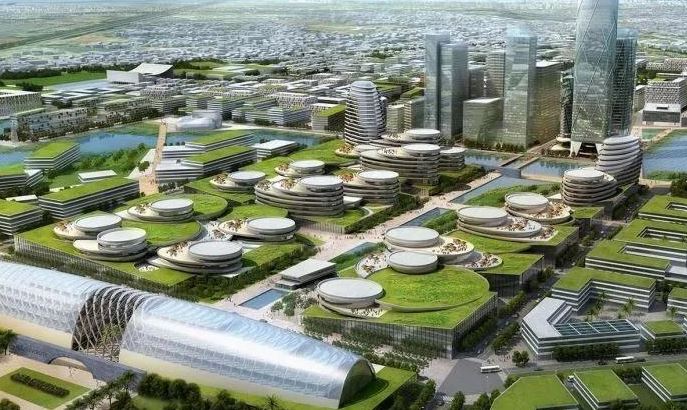
Sustainable urban community
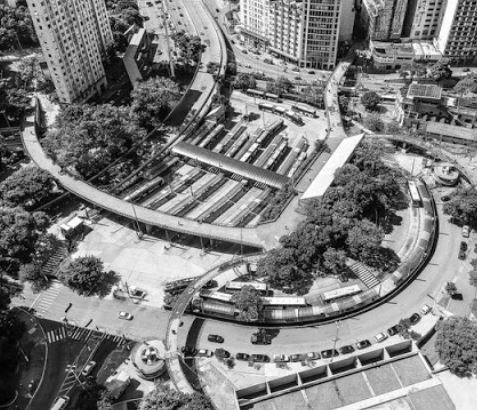
The latest study “Strategic Planning, Urban Transactions and Affordable Housing” by the Australian Institute of Housing and Urban Studies examines location-based planning and the delivery of affordable housing.
The report, written by the University of Sydney and released on Wednesday, found that there is still a mismatch between the work locations of low-income workers in Sydney and Melbourne and affordable housing.
In these two cities, affordable rental housing is more common in areas where the current passenger rail network cannot provide services.
One of the authors of the report, Professor Nicole Gurran of the University of Sydney, said that in the Greater Sydney area, affordable rents are mainly concentrated in the outer urban areas, “usually more than 50 kilometers away from the employment-intensive CBD suburbs”.
The AHURI study found that “urban transactions” and similar local-based financing programs can help initiate new economic opportunities in the region, but if low-income workers are looking for housing close to employment opportunities, explicit support for affordable housing is needed.
